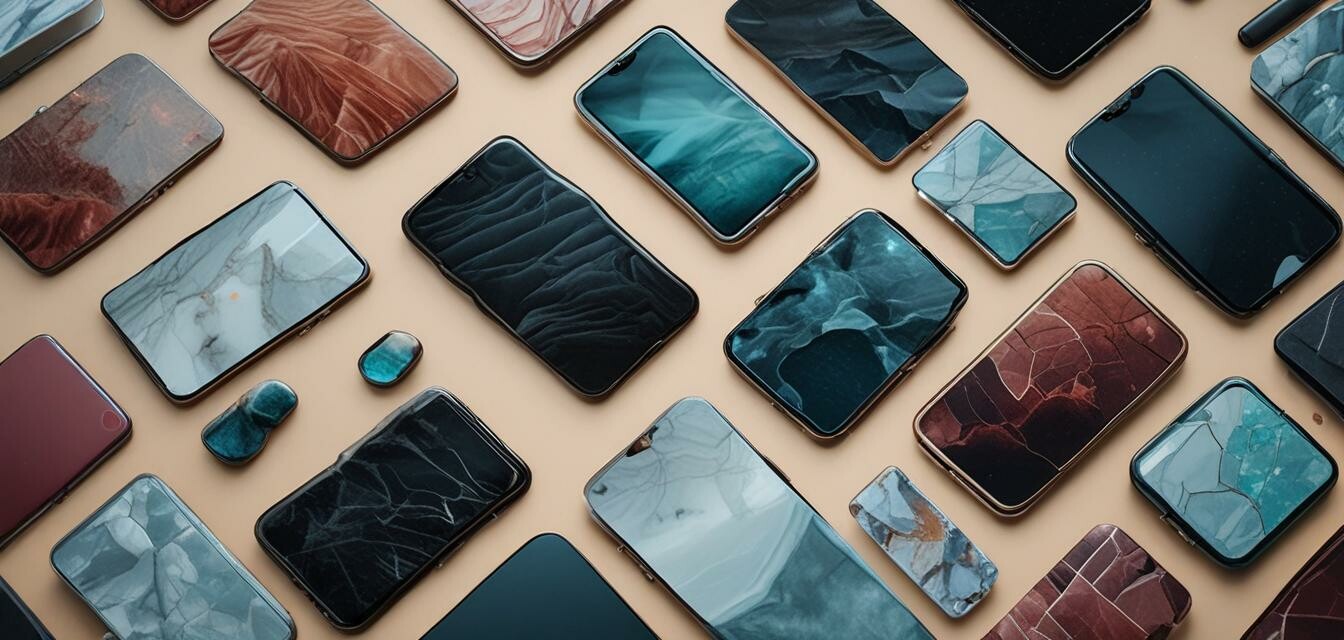
The Pros and Cons of DIY Screen Protectors
- DIY screen protectors can save you money but may lack quality.
- Pre-manufactured options offer more reliability and better performance.
- Understand your needs before choosing between DIY and pre-made options.
When it comes to protecting your phone, screen protectors are essential. With so many options available, including pre-manufactured screen protectors and DIY options, it can be confusing to determine which is best for you. This article will delve into the pros and cons of DIY screen protectors, helping you weigh your choices and make an informed decision.
What Are DIY Screen Protectors?
DIY screen protectors are homemade solutions created to safeguard your smartphone screen. They can be made from a variety of materials, including plastic film or even tape, and are suitable for those looking to save money or customize their protection style. While they can be a fun project, they may not always offer the same level of durability and clarity as professionally made products.
Advantages of DIY Screen Protectors
Pros
- Cost-effective: DIY options can be considerably less expensive than retail ones.
- Customizable: You can create a screen protector that suits your style and preferences.
- Quick to make: Many DIY screen protectors can be created within minutes using household items.
- Fun and creative: Crafting your screen protector can be a rewarding activity.
Cons
- Quality issues: DIY options might not offer the same protection as manufactured ones.
- Potential for bubbles: Applying a DIY protector correctly can be challenging, leading to air bubbles.
- Clarity and touch sensitivity: Some DIY materials might affect your screen's clarity and responsiveness.
- Durability: Handmade protectors generally wear out faster than professional versions.
Comparing DIY and Pre-Manufactured Screen Protectors
| Feature | DIY Screen Protectors | Pre-Manufactured Screen Protectors |
|---|---|---|
| Cost | Low | Medium to High |
| Customization | High | Low |
| Time to Make/Install | Quick | Immediate, ready to use |
| Protection Level | Variable | Reliable |
| Durability | Low | High |
Factors to Consider When Choosing
As with any product, it is important to consider several factors when deciding between a DIY screen protector and a pre-manufactured one:
- Budget: Consider how much you are willing to spend on screen protection.
- Quality: Think about the level of protection your phone requires.
- Style: If customization is important to you, a DIY solution may be the way to go.
- Time: How much time can you invest in creating or applying a protector?
Conclusion
When protecting your smartphone, understanding the pros and cons of DIY screen protectors compared to pre-manufactured options can guide your decision. While DIY options can be fun and economical, they often lack the reliability and quality of professionally made products. We recommend considering your specific needs and preferences before making a final choice.
Tips for Choosing the Right Screen Protector
- Look for reviews and expert opinions on various screen protectors.
- Purchase from trusted brands and sellers, especially for pre-manufactured options.
- Consider your phone's usage and environment when selecting a protector.
Additional Resources
If you're keen on learning more or want to explore other accessory options, don't forget to check out our articles on Buying Guides and Gemstone Phone Cases!